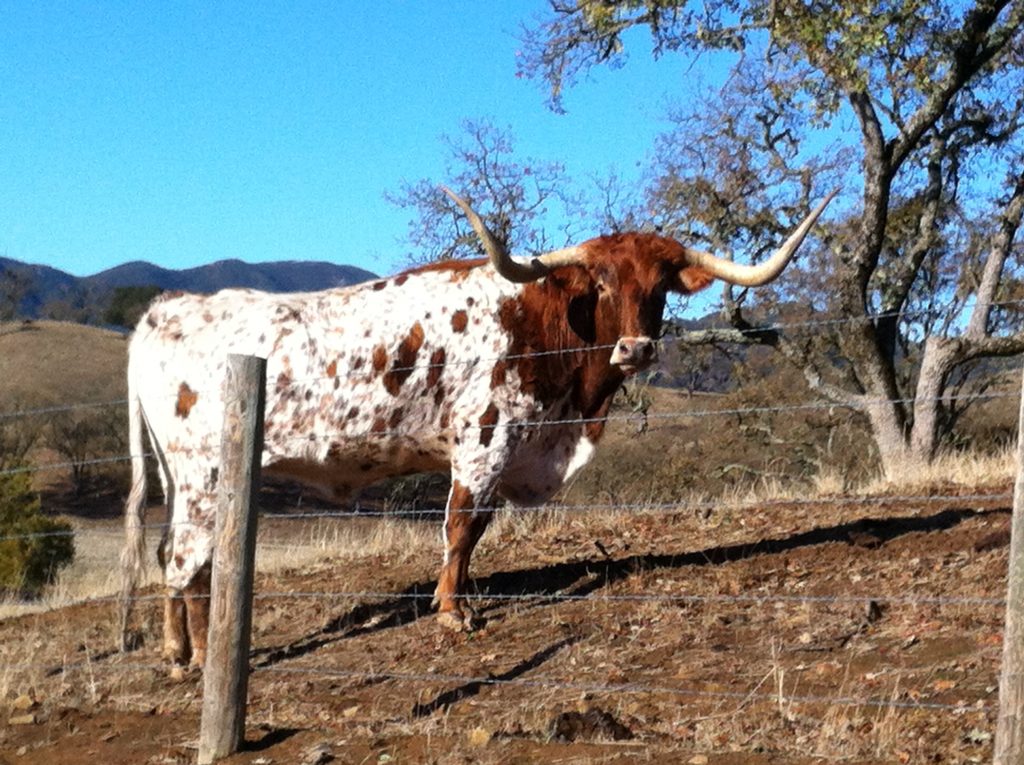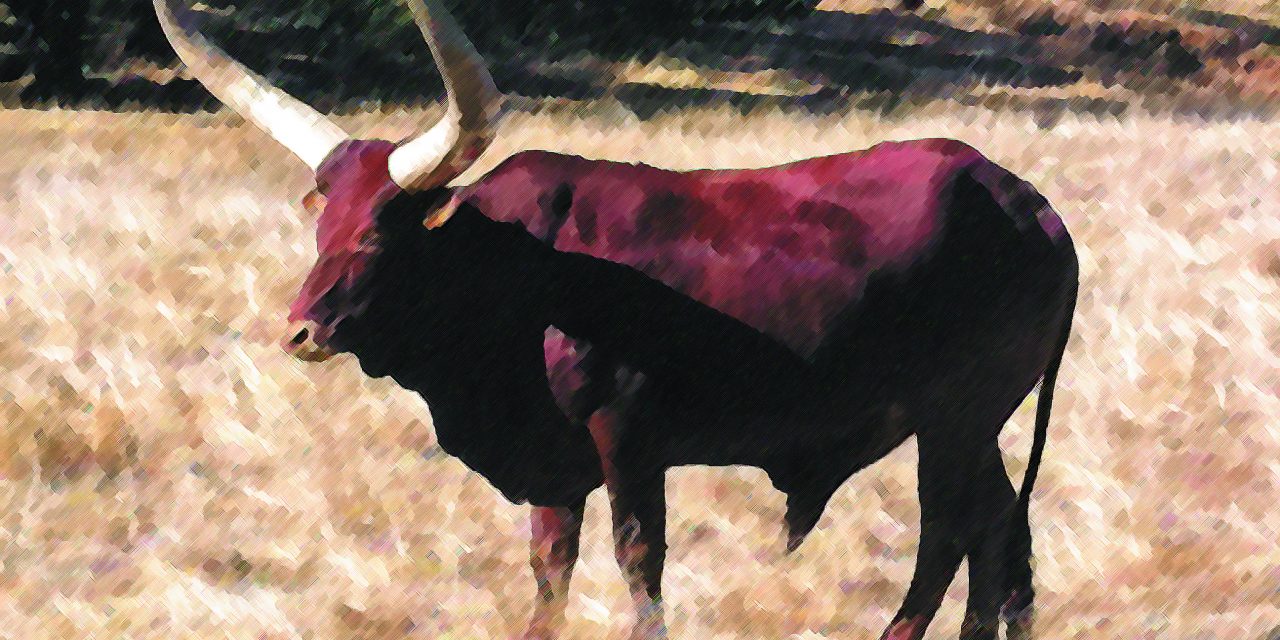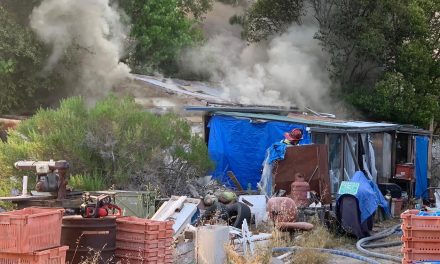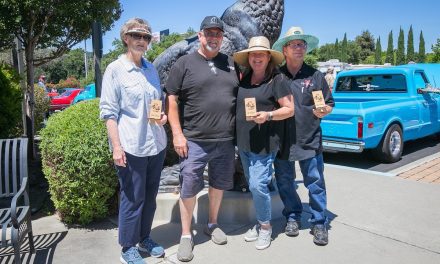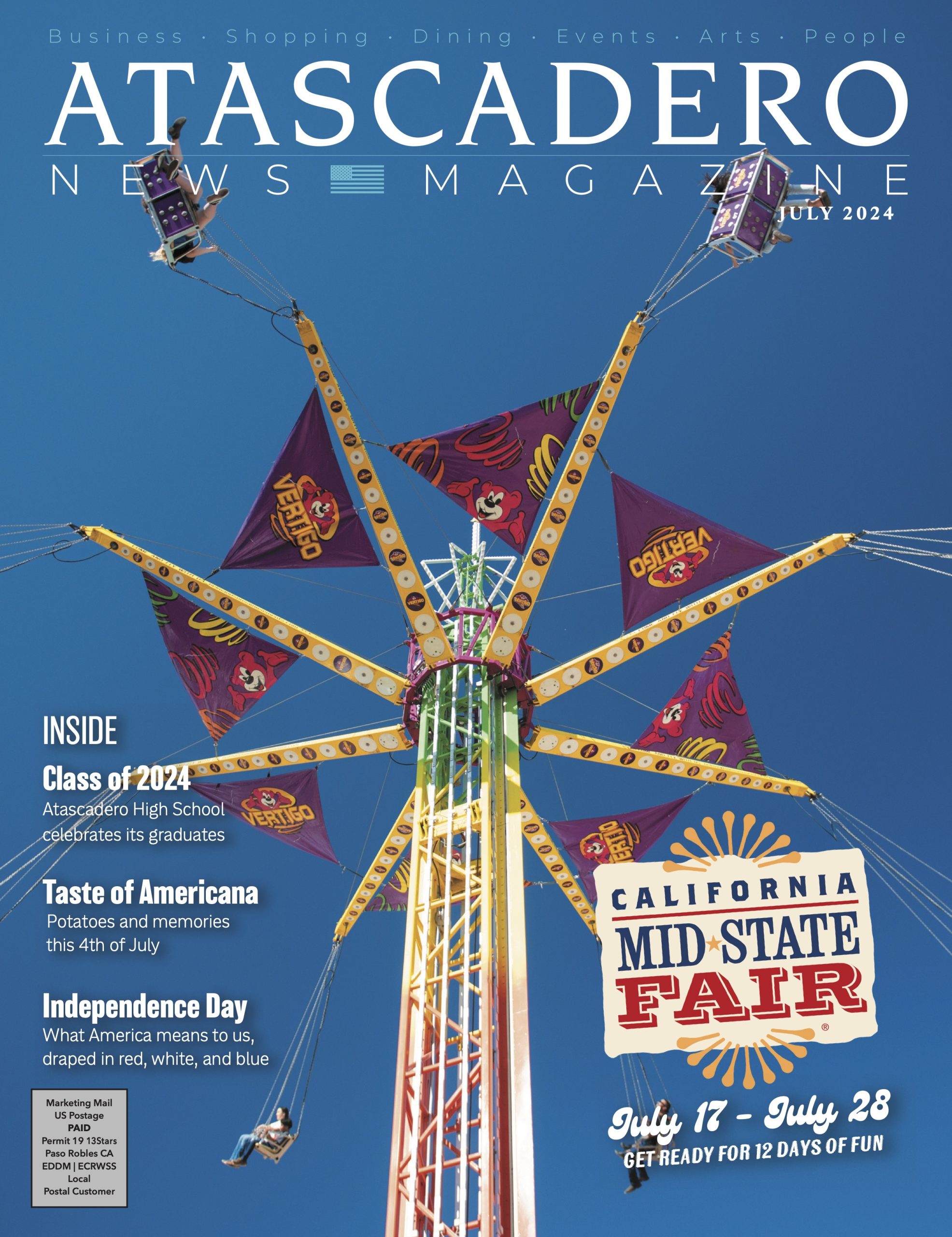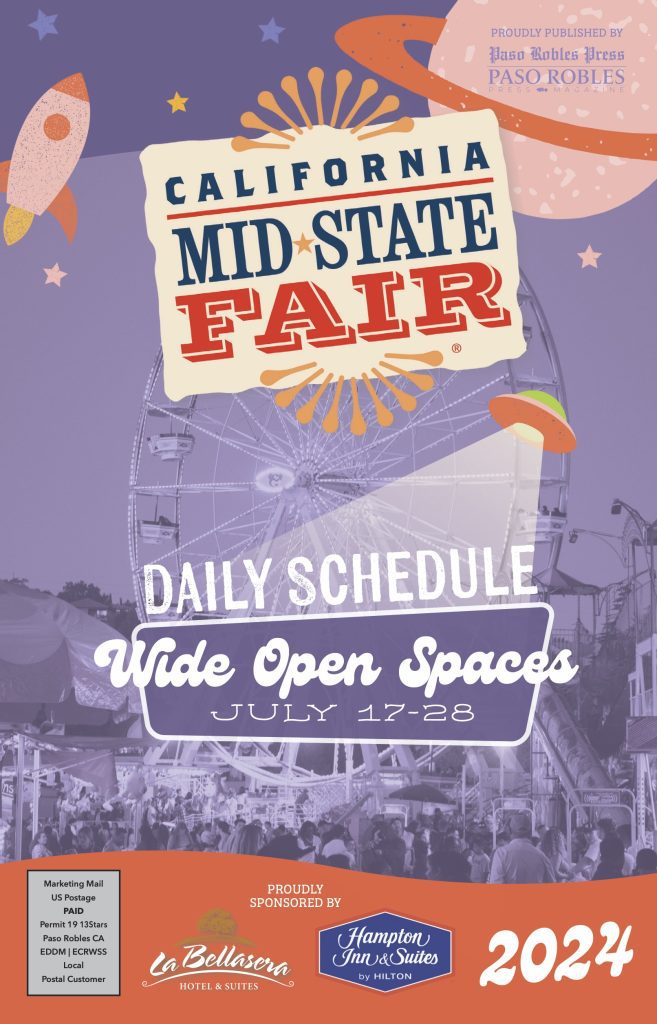For the better part of two decades, one prominent, iconic feature frequently turns heads when one makes the trek from the North County down to San Luis Obispo, yet nobody knows much about them. In the morning, the sun glistens off their faces. At night, they are painted in a dark silhouette standing as an emblematic, subtle reminder of the differences of personalities and climate when you travel over the Grade.
The Atascadero News has found the story behind the Longhorns, and it began in 2003. The owner of the herd of longhorns that can be seen off Highway 101 on the south side of the freeway wishes to remain anonymous but shared the reasons for the colossal cattle.
The herd was purchased for two main reasons. First, to graze the land to prevent fire danger to the region and be unique and something to look at for those that drive by.
“I would love for the story to inspire people to do more things that just make the Earth beautiful and wonderful,” the owner said. “If you can do it, then why wouldn’t you do that. It is true, I could have bought Angus or anything and let them live there, and no one would ever notice them because they would look like every other steer you drive by. Why not make it more fun for when you drive by.”
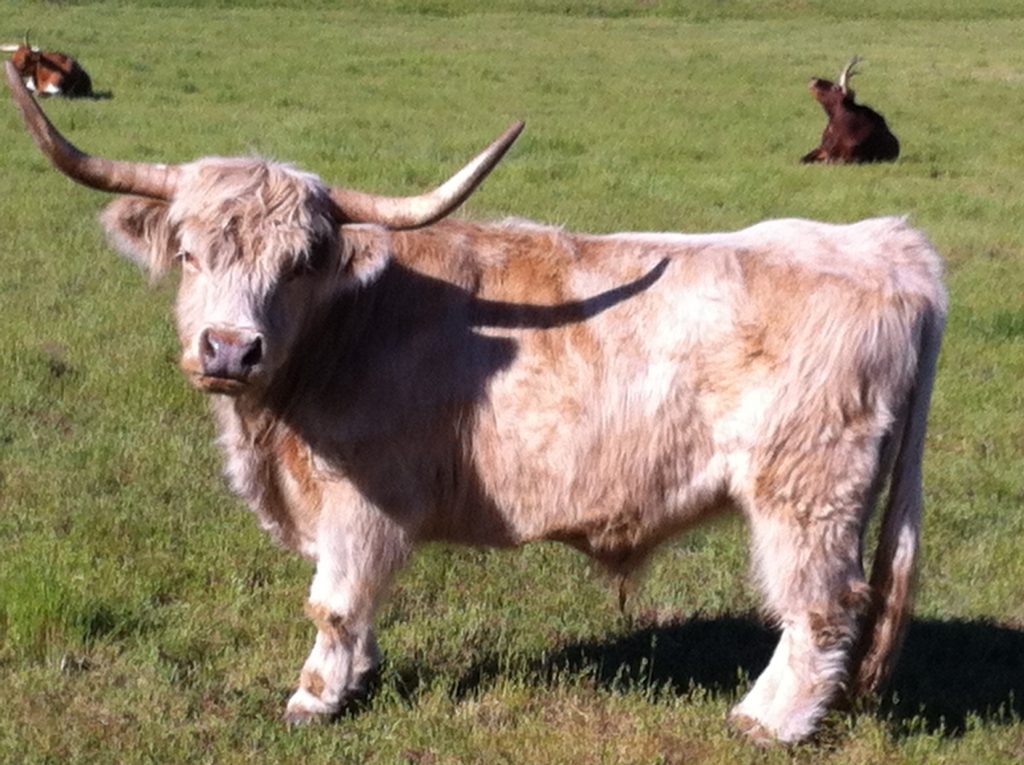
As you whip by on the freeway, it is hard to get a good look at the herd, which is what leads several people a day to pull over and scramble for their cameras. There are around 25 to 30 that occupy a nearly 400-acre area and, when not visible, are moved to another pen out of sight from passersby.
If you look closely, you will notice that not all of the cattle are longhorns. If you look even closer, you might see that of the four that aren’t longhorns; two are identical. While the herd is mostly comprised of what are commonly called Texas Longhorns, there are also four Watusi in the bunch, and two of them are identical twins, down to the spots.
The two behemoth bovine breeds look very similar, especially when zooming by at 70 mph. The best way to tell them apart is by looking at their iconic horns. The Watusi horns are thicker and look as if they sit as a u-shaped crown atop the head. The longhorns horns, which can get up to 10 feet from tip to tip, appear more as if they come out of the side of the skull.
The longhorn’s life span is around 20 years, which is why there are now calves also living among the herd. The original matriarch of the group, Etta, who was actually a Watusi, passed away in 2019, and as the herd grows older, younger calves are bought and added to keep them going strong.
The Longhorns are only purchased as calves and raised by the group. There is no bull in the herd.
While the longhorns are the only animals visible from the freeway, they are not the only unique mammals on the property. Tucked away from the freeway and predators, sit additional pens with more fun animals like alpacas, llamas, donkeys, and horses that have all been rescued.
Aside from their immense appetite, longhorns are also incredibly hardy. They can endure the hottest of temperatures and brave the elements while drinking little to no water for days at a time. With a substantial herd, they can protect themselves from predators without intervention from the outside world. In a way, they are the perfect gatekeepers to North County. In spirit, they personify the gritty hard-working nature of the people within Atascadero and remind those entering or leaving that we can be regal, too.
